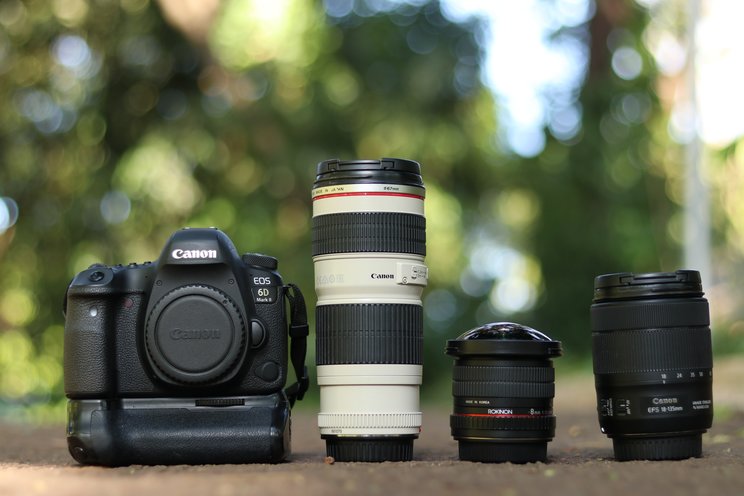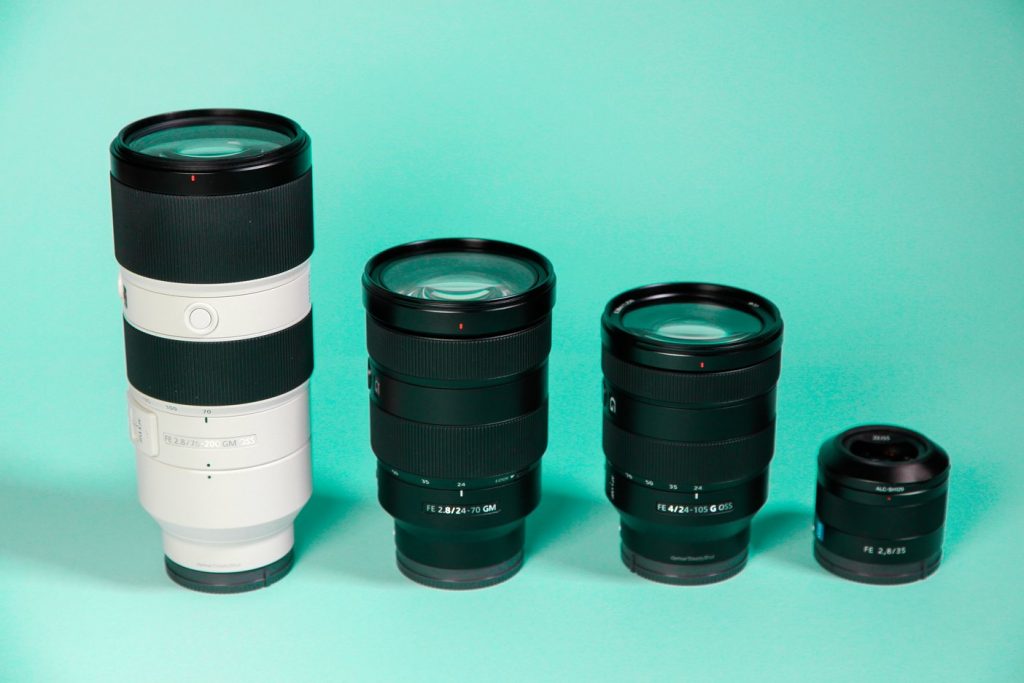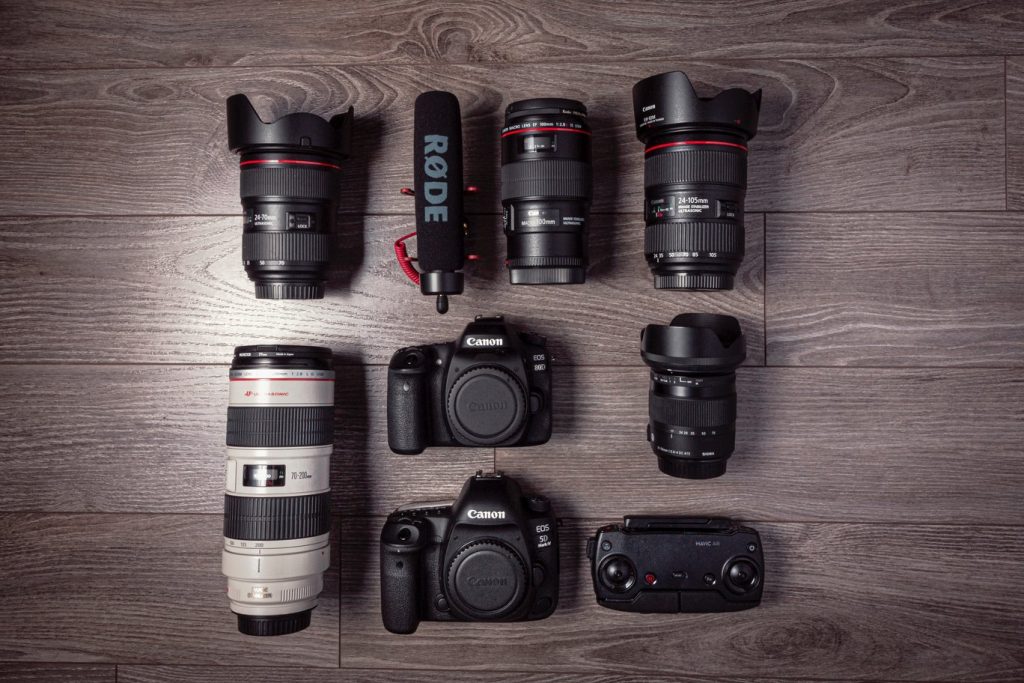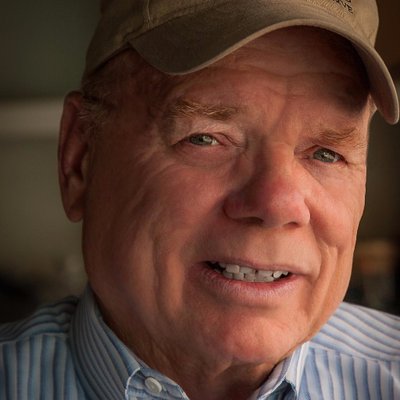Buying a Used Lens— Points to Check
In a recent blog, I discussed that many in the photographic community shy away from buying used cameras or lenses. Yet, as I pointed out, many reputable online and store dealers trade and sell used lenses with warranties and trial periods.
The process of buying a used lens is quite like buying a used camera with different inspection points, of course. For example, I just bought a 50mm Canon f1.2 lens in excellent condition with a one-year part and labor warranty from Samys Pre-Owned and saved 35% from new. I’ve already inspected the unit and put it to work and could not be happier with my new glass.
Is it Used or Pre-owned?
As discussed in the previous blog, I like to think of used cameras and lenses as pre-owned for the same reason high-end car dealers no longer sell used cars. They promote the sale of late model low mileage cars as pre-owned because they are in good operating condition. The only difference between a pre-owned vehicle and a new one is that the newer model has some desired technology advancements, a unique style, or a few lifestyle trinkets not available on a previous model and a factory warranty. The pre-owned vehicle is an excellent deal for someone who does not want to pay full price for new and experience an immediate depreciation drop in the first year; and, it may have some warranty life as well.

The pre-owned camera and lens market are quite similar. Camera equipment has a long-life cycle; and, when we purchase a pre-owned camera or lens, we are supporting sustainability and usability at a fraction of the cost of new gear. Moreover, adding pre-owned gear to our equipment inventory gives us the freedom to expand our creative range and explore image-making at the next level.
The Open Box Purchase— Is it New?
In addition to Pre-owned, one may find Open Box equipment sales. This is a unique way to buy near new camera gear at deeply discounted prices with full factory warranties. You can see a great example of how this works at Samy’s Camera Open Box.
Open Box gear is equipment that someone bought but then returned quickly for various reasons (the wrong model, changed mind, etc.). It may have been lightly used as a test or never used and comes back to the retailer with the box and all the accessories. It may have been a counter-demo camera and then put back in the box. Or, it’s an item accidentally opened for inspection. Whatever the reason, the camera and or lens cannot be sold as new and retailers discount and sell these Open Box items with a full factory warranty.
The upside to these purchases is that you can save money and still get all the benefits of a new camera package. Most online and brick and mortar retailers also provide a 30-day return policy, which is essential if you are buying online and have not seen the equipment yet.
There is a downside, and that is that the number of open box items available is limited. Even though the gear is for all intents and purposes new, the models may be one generation behind the latest offerings. And, if you are looking for a specific camera or lens, you may have to wait and watch.
Still, this is a great way to improve the range of equipment you may need for creative purposes while creatively managing your cash flow.
Lens Inspections— 5 Points to Consider

- DO A WALK AROUND CHECK
Do a complete visual check of the lens and pay attention to scratches, dents, and anything that would indicate that the lens may have lived a hard life. If the lens has been dropped or abused, then it is quite possible that there are damage issues internally, and it will not work as designed.
- OPTICAL CHECK
If things went well with the Walk Around Check, remove the front and rear caps and look through the lens. Check carefully for dust or dirt particles between the optical elements. Generally, these items can be removed or cleaned, and you need to factor that cost against the asking price. Also, look for scratches on the front and back elements of the lens. Small faint scratches are not a deal killer, but anything that has left a scar or crevices’ in the glass is a deal killer.
- IF ITS LOOSEY THEN ITS PROBABLY GOOSEY
Check out the zoom and focusing rings. Make sure they are solid, not loose. And, if they are, this may indicate that the lens has been dropped. To check this, move the focusing, and the zoom rings around, and you can tell if it is loosey-goosey rather quickly.
- FOCUSING AND IS MOTORS
Check the motors on all lenses with Auto Focus and Image Stabilization. Simply attach the lens to your camera body and shoot photos at different focal lengths and focal distances. As you do this, you will want to listen carefully to the focusing/stabilization motor as it works. If it sounds like old bones creaking or cracking, that is a good indicator of imminent failure. A loud motor is standard on some lenses, but a Rice Krispies “snap, crackle and pop’ sound is not.
- THOSE APERTURE BLADES
While you are checking lens motors, watch the open and close action of the aperture. It would be best if you did this while it is connected to the camera, and it should turn smoothly with no hesitation. Hiccups or snags are telling you that this lens has issues.
Summary

Pre-owned or used cameras and lenses, as well as Open Box purchases, are a great way to add value to your camera bag without dinging your bank account unnecessarily. I encourage you to take a few minutes and explore this area of the photographic supply industry. I think you may be pleasantly surprised.






